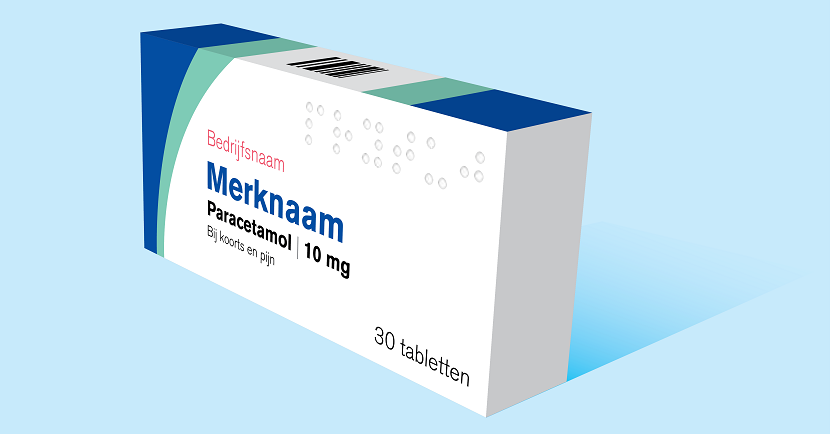Changes to policy on product information
The Medicines Evaluation Board (MEB) has recently revised two policy documents for pharmaceutical companies in respect of the product information requirements. The revision applies only to medicinal products for human use.
These are the principal changes:
Policy document MEB 5: Package leaflet of pharmaceutical products
- 4 Legal framework: greater clarity has been provided on combining and splitting up the SmPC and package leaflet.
- 5.1 General: a reference to the MEB toolkit has been added.
- 6 ‘Specific points’: this chapter has been divided in two, in such a way that the topics are arranged more logically and are therefore easier to find. This resulted in the following chapters:
- 6. Specific substantive criteria
- 7. Specific situations
- 6.2 The policy on patented indications has been aligned with the information set out on the MEB website.
- 7.1 Package leaflet for more than one country: This information has been taken from the Legal Framework and included in Chapter 7.
- 7.4.1 CE marking: new chapter with existing European policy under the MDD and MDR for medical devices.
- Package leaflet for the blind and visually impaired: information on the National Package Leaflet Helpline has been removed because this initiative no longer exists.
- Annex 1 Information on sections of package leaflet in the QRD template: text copied verbatim from the QRD template has been removed. Only the explanatory notes on the QRD template have been retained.
Policy document MEB 6: Labelling of pharmaceutical products
- 6.1 Introduction: information on the policy change for pictograms, with reference to the positive list of pictograms in Annex 5.
- 6.2 Definitions: adjustment of definitions of ‘pictograms’ and ‘images’.
- 6.4.2 Pictograms: new policy on pictograms, including among other things an explanation of the approved set of pictograms that may be used by marketing authorisation holders.
- 6.4.3 Images and signs: the paragraph below the heading ‘(as yet) unstandardised pictograms or symbols’ has been extended.
- 6.4.5 Mobile scanning: a distinction has been made between 2D barcodes with and without information on a medicinal product, and the information has been extended.
Annex 1
- Section 1: Name of the medicinal product: an explanation is provided of what is meant by ‘The product name of the medicinal product must be displayed prominently and as one whole on the packaging’.
- Section 2: Level of active ingredient(s): the number of active ingredients for which the listing of the composition must be stated directly with the name has been extended from one to two active ingredients.
- Section 15: Instructions on use: the dosage example has been revised.
Annex 3
Introduction: addition that QR codes may refer to web pages, URL links and videos with information on the relevant medicinal product in line with the product information.
Annex 5
This annex is new and contains what is known as a Positive List of MEB-approved standardised pictograms and accompanying sentences that may be used on medicine packages. The standardised colour numbers that must be used for these pictograms are also stated here.
Usefulness of pictograms
A pictogram is a compact way of conveying a message that is easily recognisable and accessible to anyone. A pictogram helps people to better understand instructions and in many cases increases people’s willingness to accept instructions. Finally, a pictogram may help ensure that these instructions are followed.
Public consultation
In revising these policy documents, the MEB was mindful of questions raised in practice and MEB decisions. Subsequently, the proposed changes were discussed during a public consultation held from 10 July to 23 August 2021 regarding the policy on the labelling of medicines for human use. The MEB weighed up and assessed the responses received. Where possible, these were taken into consideration.
The new policy will take effect immediately.

Documents
-
MEB 5: Package leaflet of pharmaceutical products
This policy document explains the policy regarding the package leaflet of pharmaceutical products in the Netherlands. Download ...
-
MEB 6: Labelling of pharmaceutical products
The presentation of the primary and secondary packaging of a medicinal product are determining factors in the recognition of a ...